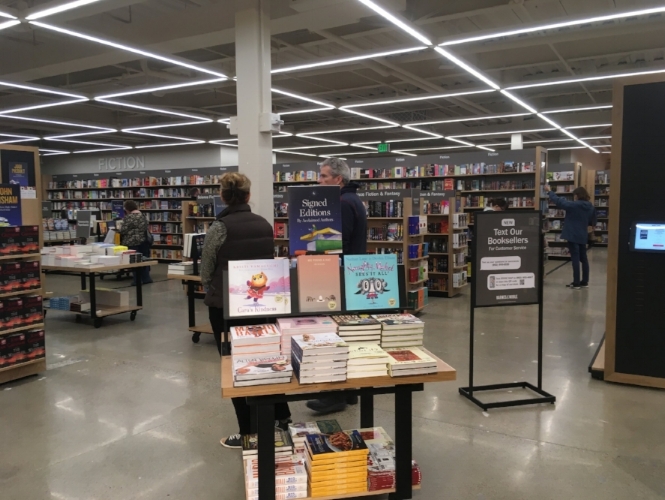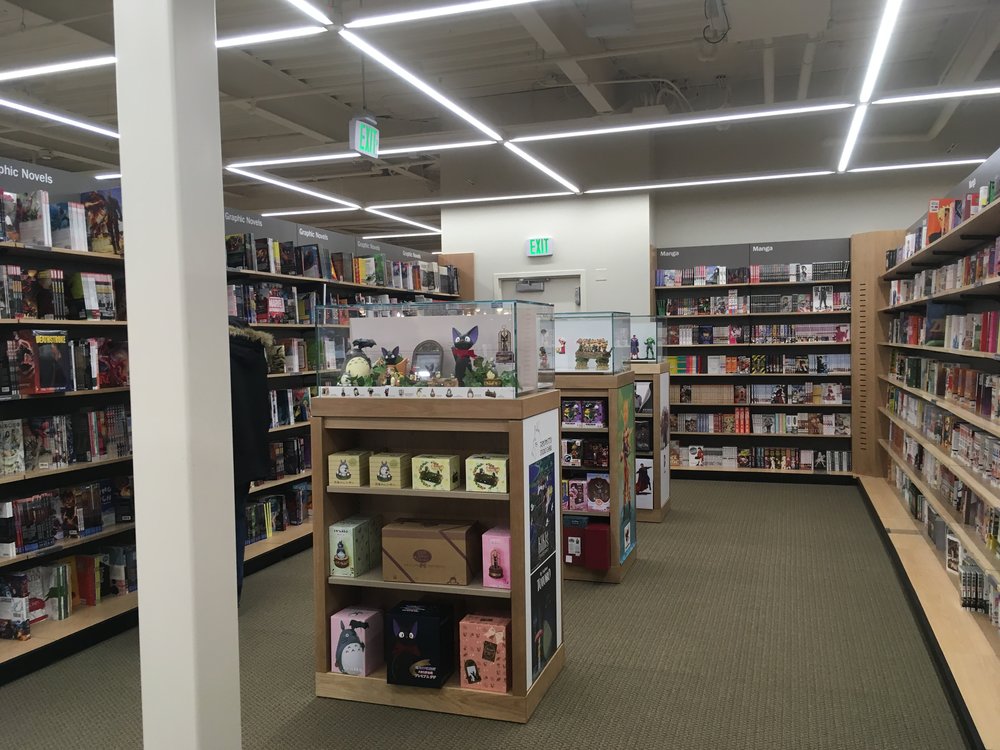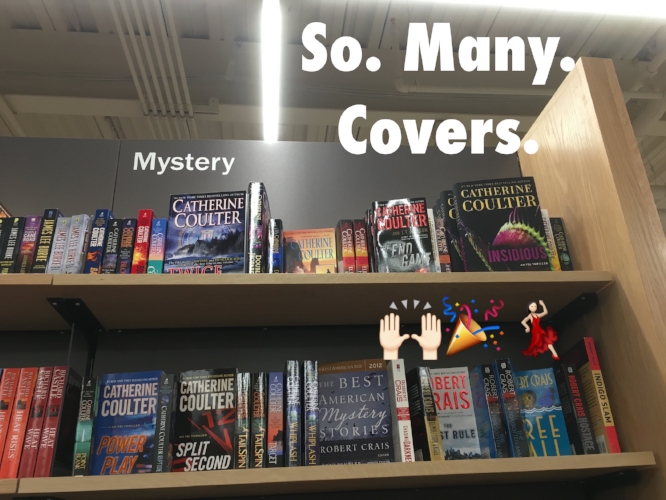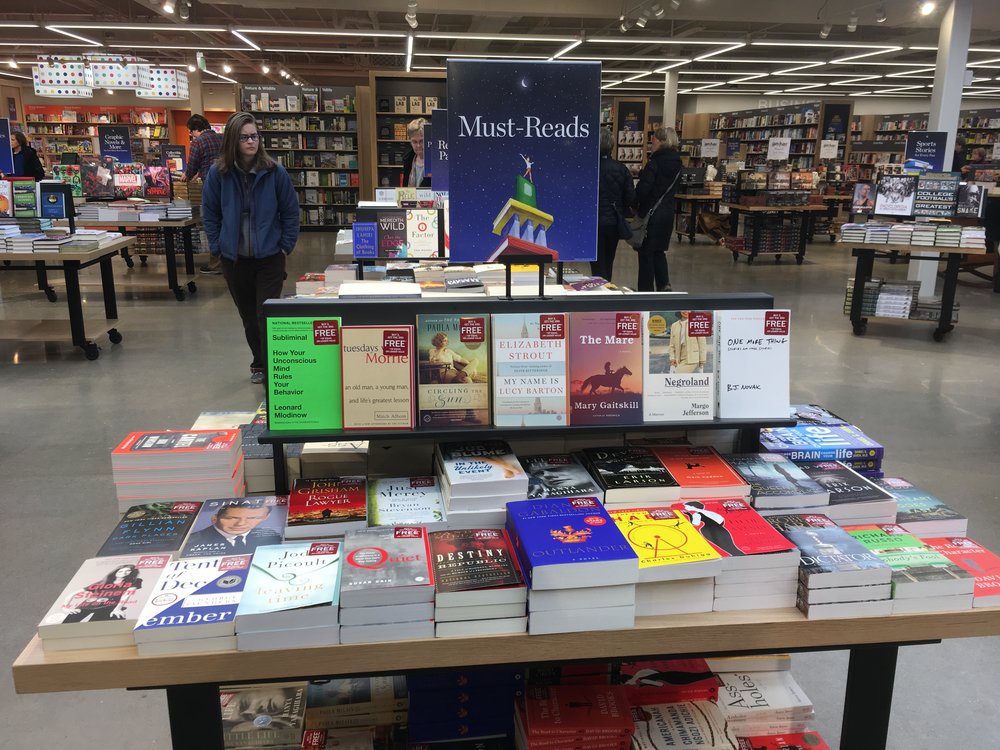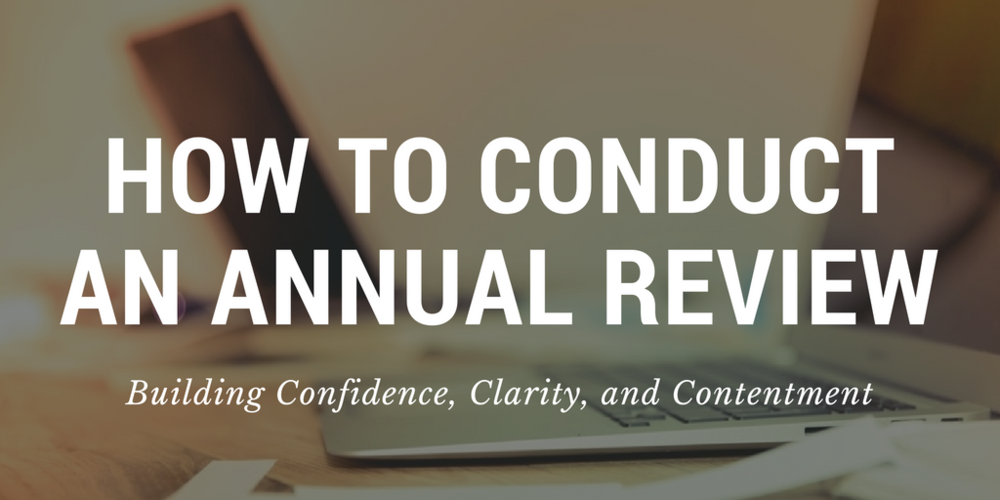By J.T. Ellison
I wrote a very earnest piece back in 2009 about social media and its negative affect on creativity.
It wasn’t a new concept, but I caught a lot of flack for it, especially because I was so obviously breaking all my own suggestions. Which is totally fine. Since then, the concept of minimalism has launched many a career, and I too have found ways to step back from social media, making it work for me, instead of the other way around.
Seven years later, I want to revisit this idea, and talk about how I’ve finally found a good work/life balance with my social media responsibilities.
One thing that hasn’t changed in the intervening years: with all the pressures authors have on them nowadays, writing can sometimes get lost in the shuffle. THIS is what I mean when I say social media kills the creative spirit. Thing is, it absolutely doesn’t have to.
Social media is a lot like life. You get out what you put in. Social media is no longer something we’re encouraged to do, it’s a given requirement of a publishing career. Finding readers now is all about discoverability, which means having some sort of online presence. A website at a minimum, preferably accompanied by a well-loved Facebook fan page and an active, exciting Twitter account. Now Instagram is a huge part of things, too, and blogging is making a comeback (YAY!). Newsletters are the new black, and that’s good for those of us who’ve had one for a while.
Honestly, as much as we’re encouraged to exploit Facebook and Twitter, I think the two most important components of your social media strategy should be the newsletter and the blog.
Why?
You own it. You control it. No one can take it away from you. You get to interact directly with your readers and friends without the majorly frustrating concerns we all have about actual reach on the socials. Facebook only shows your posts to a fraction of the people who’ve signed up to receive information from you (bad move, Facebook. Perfect way to lose all your customers). Twitter is such an immediate medium that your tweet only exists for a few seconds before your readers have moved on to the next. Instagram is pretty, plain and simple, but it too rewards bigger accounts with better penetration.
For years, the conversation I’ve been having most often is: How do we get around this? How do we actually reach the people who want to be reached without annoying the crap out of everyone else?
Note what I’ve just said.
The conversation I have most often is about how to reach readers in a more efficient, successful manner.
See something wrong?
What I should be focused on, exclusively, is writing.
I’ve always known this. I’ve always struggled with it. Writing is lonely work, and an engaged social media platform makes it more fun. But in the long run, when I keel over at my desk, no one’s going to say, “Wow, she had an amazing Facebook page.” Nor do I want them to.
What I want them to say is she was a woman of letters, had a long, storied career, and wrote a ton of great novels. That she was loved by her friends and family. That she was kind.
You know what I mean?
Rebecca Kaufman’s recent piece in Publisher’s Weekly really hit home for me. This chick is seriously smart, and I hope more people listen to her story. Were I a young, just-breaking-in author, I would push back, and hard, on the idea that I MUST have an extensive social media platform. We don’t have a ton of empirical evidence that proves that social media actually sells books. It does raise awareness and name ID, which trickles down to sales, but word-of-mouth is still the #1 way people find new books.
I think it’s much more important for new writers to immerse themselves deeply into their work. The challenge of going from writing for yourself to writing to deadline is big enough without the added pressure of being responsible for growing your own readership.
Push back. Say no. Ask for help. Protect your writing time at all cost.
You can have just as much of an impact on growing a readership by writing great books as curating awesome cat videos. If you do get involved with social media, one bit of advice — be genuine, and keep it about books. Most readers are keenly interested in hearing about your work in progress and the inherent foibles of a writing life. It’s fascinating to everyone, actually — me included. The blogs and pages I come back to again and again are those that examine the writing life, writing challenges, successes and failures. Even online diaries of word counts and daily work are interesting. It shows dedication, commitment, and that’s always attractive. Ask questions, and be interested in the answers you receive.
For those of us more established, I feel like we’ve all settled into a solid groove with our platforms. I know I have. A large part of that is the Amazing Amy, who will celebrate her 2nd anniversary as my business manager in January. A few years ago, looking down the barrel of a plethora of ideas and not enough time to accomplish them, I wisely recognized I needed help. I started with automation, making my blog feed directly to my accounts. Then I moved on to hiring people on a project-by-project basis, then a monthly basis, and finally, brought Amy on as a dedicated part-timer. Last year, I hired her as my full-time assistant.
Part of this dearth of time and too much work is my own fault. No, I don’t need to do all the things I do. I do them because I love them, and I get bored with just one thing, so I have an indie press and a wine blog in addition to this blog and my novels. It’s fun, and I enjoy it tremendously. Besides, one never knows where the industry will be in a decade, so it’s always good to know how to handle things yourself if needed. I could cut back on social media and disappear into my cave and ignore everyone — and trust me, there are moments when that urge is huge, but it’s not the smart thing to do. Instead, I look for ways to streamline, but still augment, the brand. Hence: Amy.
Now, Amy handles a lot more than social media, but with her at the helm, the brand looks MUCH prettier, and runs MUCH smoother. I can interact with my readers without having to spend the time on the back-end posting and perfecting and designing—something that I actually enjoy, but takes a great deal of time.
Perfect example: yesterday I changed my personal privacy settings on Facebook. This morning, I received an email from Amy telling me I had severed all links to my apps by doing so, and she’d already reconnected everything, something that would have taken a solid hour out of my work day. That hour was instead spent writing 1000 words on a new book. The cost benefit is readily apparent.
I’ve written before on the importance of getting help. Amy has changed how I do business, allowing me to focus on writing and interacting, the two things that will bring in more readers. You really can’t hang a price tag on that.
But the lure of the internet is still strong. This isn’t just about social media anymore. It’s about the fragmentation of the writer’s mind.
I’ve made no bones about how much I loved Cal Newport’s book DEEP WORK. Happily, I’ve been putting parts of his thesis into practice for many years, using a great program named Freedom to shut off my Internet while I work. I used to feel ridiculous that I needed an app to help me focus; now it’s something I take pride in, that I realize how fragmented I get when my Internet is on. I haven’t given up social media—as a business, I need it— but with Amy’s help, I feel I’ve conquered Facebook and Twitter. I am comfortable stopping in, talking to people, and leaving again, and don’t suffer any ennui or FOMO.
Now, the rabbit hole of research and learning and interesting things on the web is still an issue for me. Then add in what I call “First Adopter Syndrome” (both a blessing and a curse in my life), AKA the tendency I have to reinvent my wheel when a new app comes along that looks like it might be a better mousetrap for my work.
2016 was the year I settled into my apps and stopped this nonsense. Now, if I see something that might improve a portion of my workflow, I send it to Amy to check out. If she thinks it will add to our system, in it goes. I’ll say this, in two years, I can only think of two apps that have been adopted, and they were specifically designed to address workflow. Irony.
This week, Cal Newport began exploring what I bet will become his next book, the concept of Digital Minimalism.
I fully, happily endorse this. Less technology, not more. Fewer apps, not more.
Repeat after me: Not more, not more, not more.
One of the things I do regularly is examine my apps. Am I using it? Is it enhancing my workflow? If I was lost on a desert island, would I have to have it? This mindset keeps my iPhone and iPad screens down to two, my folders easy to navigate, and my laptop relatively nimble. I’m getting a new laptop for Christmas, which means downloading the apps I need to work. It’s the equivalent of moving house for me, a chance to tidy and discard, to make everything shiny again. (I’m one of those weird people who likes moving. Don’t hold it against me.)
Things have changed since 2009. A lot. Authors are expected to engage so much more. And our readers are fantastically tuned in—reading more, engaging with us, making it all worthwhile. You don’t have to live on social media, but you don’t have to abdicate from it either. A balance can be found. Find the network that gives you joy, and focus all your efforts there. If you hate it all, hire someone to maintain your presence for you.
No matter what, write. Write every day. Write hard, write well. That is your legacy. That is what will give you satisfaction at the end of the day. Feel free to step away from the pressure of growing your readership and do it the old fashioned way—by writing spectacular books. That truly is the best way to a reader’s heart, not a great meme or pithy tweet.
Tell me what you think. Readers, should we authors spend more time on social media, or less? Authors, do you find your own work suffering when you’re online too much? Do you have any solutions to share that work for you?
Via: JT Ellison




